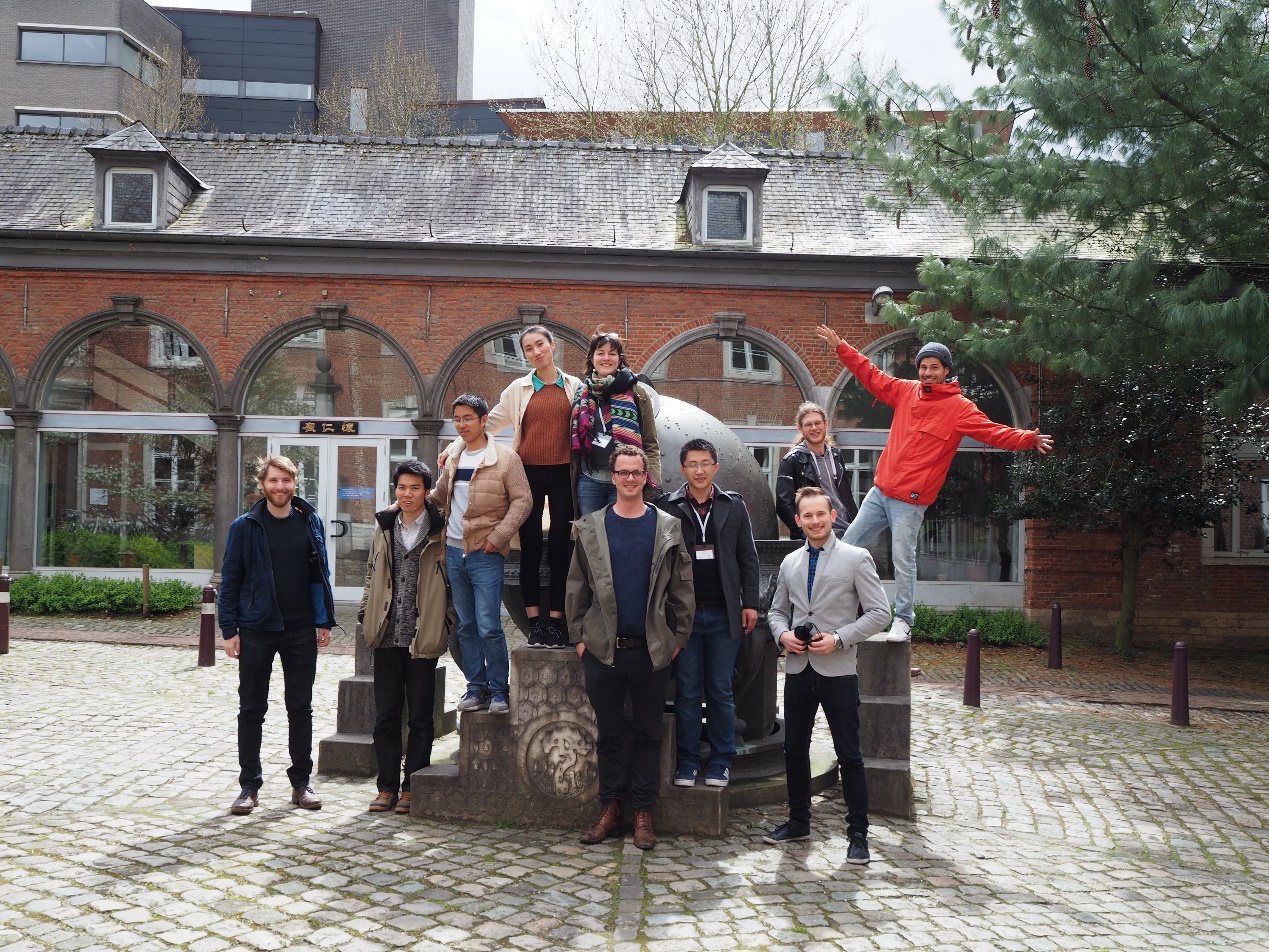Topological Qubits
Date:22-09-2017 | 【Print】 【close】
A three-dimensional (3D) topological insulator (TI) is an unique quantum phase of matter with exotic physical properties. The gapless surface states with a Dirac cone shape energy dispersion in TIs enable promising applications in many aspects. The collaboration on TI between Jülich and SIMIT covers material growth, fundamental physics and applications.
During the last six years researchers in Forschungszentrum Jülich have focused on reliably and reproducibly growing topological thin films by means of molecular beam epitaxy (MBE). Topological insulators (Bi2Se3, Bi2Te3, Sb2Te3, Bi2-xSbxTe3, and heterostructures of those), crystalline topological insulators (Bi1Te1) and topological semimetals (Bi4Te3) have successfully been grown on Si (111) substrates and characterized since then.
While bulk contribution in topological insulators (TIs) hinders the development of reliable spin transport devices, the progress on realizing topological quantum computing steadily continues. Researchers within the Virtual Institute of Topological Insulators (http://www.vi-ti.de/vi-ti/EN/Partners/Partners_node.html) from Würzburg only recently proofed for the very first time 4π-periodic signatures of gapless bound states in topological Josephson Junctions. Meanwhile, researchers at PGI-9 are working on transferring those results to above-mentioned wide-bandgap topological insulators such as Bi2Te3, Sb2Te3. Recently the MBE system of PGI-9 was equipped with an Al effusion cell allowing an in-situ capping with aluminum oxide, in order to prevent degrading of the topological insulator layer. Further steps on the route to topological qubits include fabricating more complex devices, comprised of superconductors and topological insulators, forming arrays of topological Josephson junctions, which can be addressed and manipulated independently.
The Shanghai Institute of Microsystem and Information Technology (SIMIT) as a partner within VITI works on gaining superconductors from doped topological insulators, such as Sr and Cu doped Bi2Se3. Melt-growth as well as electrochemical methods are employed to synthesize these materials. Special focus also laid on substrates suitable for back-gating, i.e. solid electrolyte substrates, which are very interesting for MBE growth of topological insulators in Jülich.
Furthermore, SIMIT has a long history and broad experience on the field of superconducting devices and circuits. Particularly, the efforts and progress Professor Wang Zhen has achieved on the field of single flux quantum circuits during the last years can perfectly be transferred to flux-controlled arrays of topological qubits. Thus, combining SIMIT’s expertise on complex superconducting devices and Jülich’s experience on MBE-grown topological thin films and induced topological superconductivity entails the chance to achieve rapid progress on this new research topic. A close collaboration might establish a key role in the promising and rapidly developing field of topological quantum computation.
On the TI side, both institutes have exchanged PhD students for short term visit, and organized and participated in workshops, including the Virtual Institute for Topological Insulators (VITI) PhD student workshops held in Austria 2015, in Germany 2017 and in Shanghai 2017, etc.

